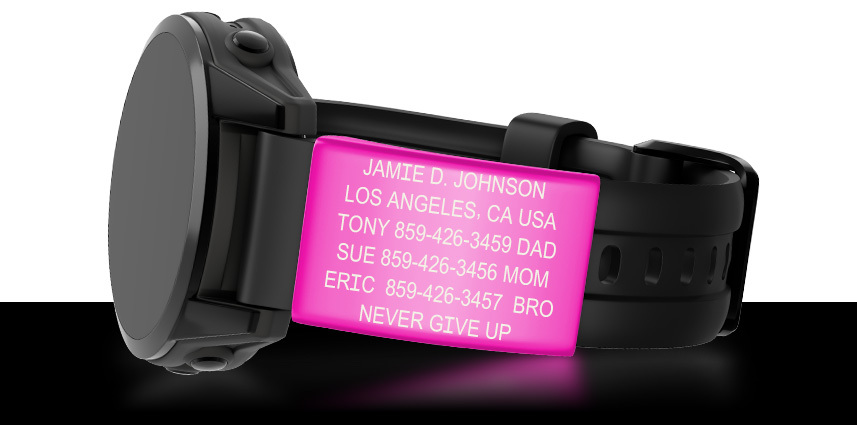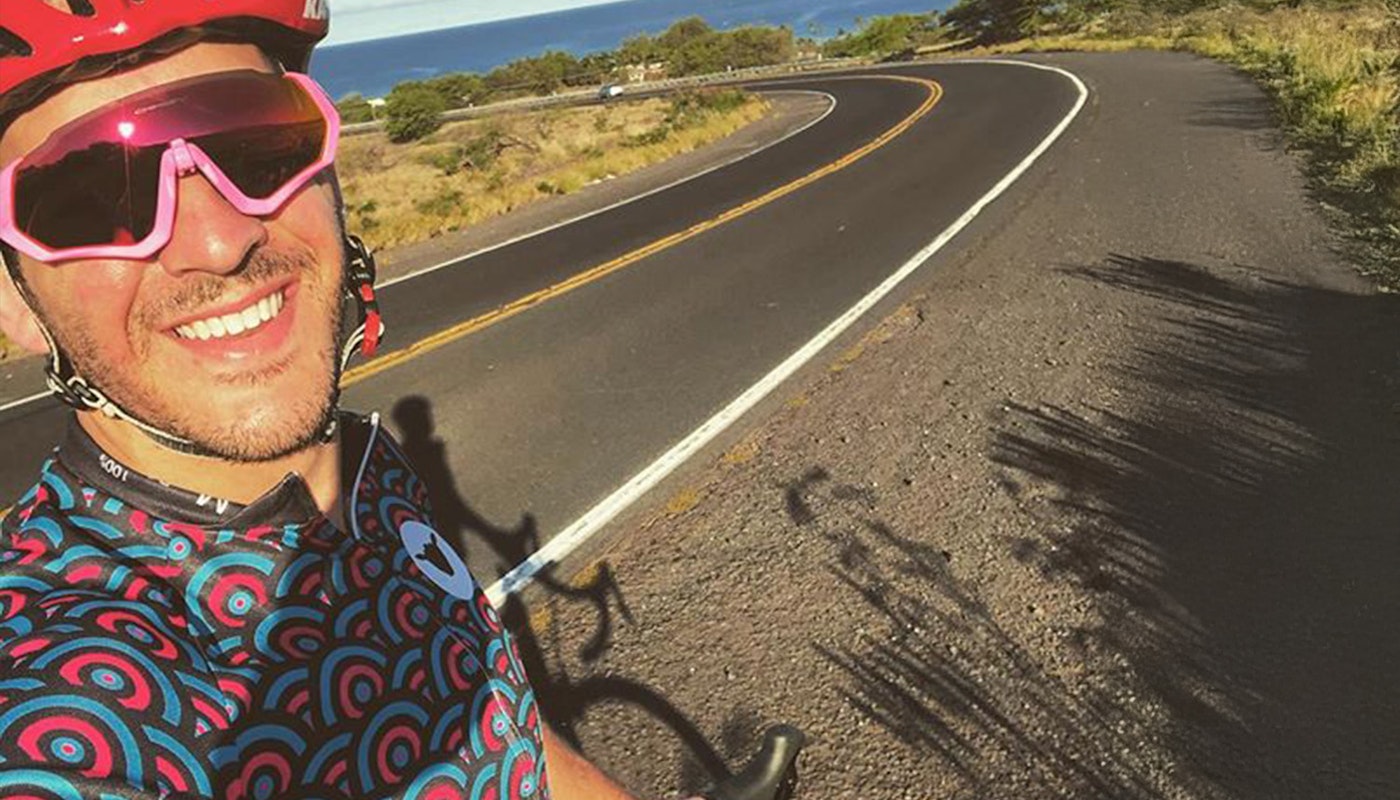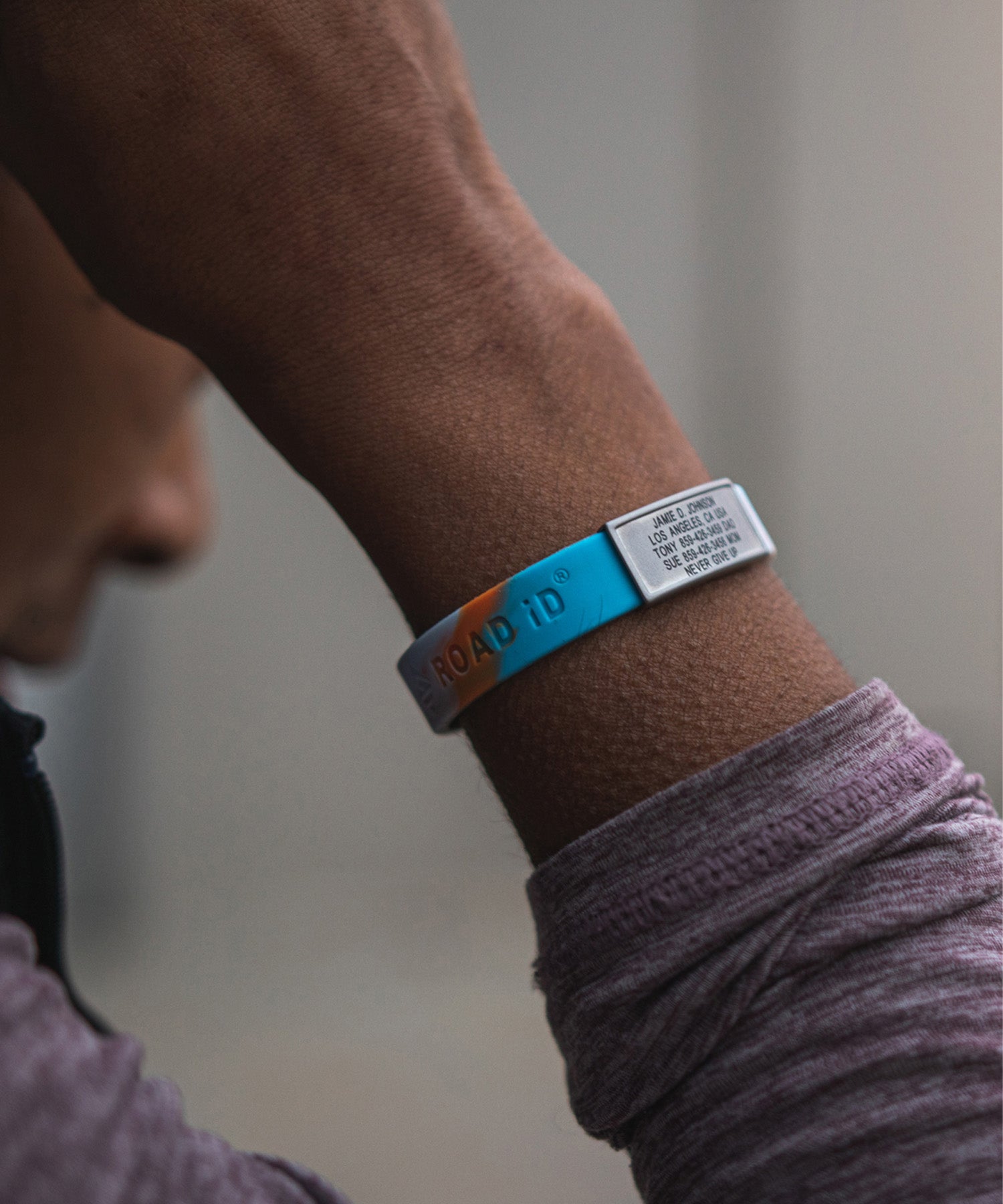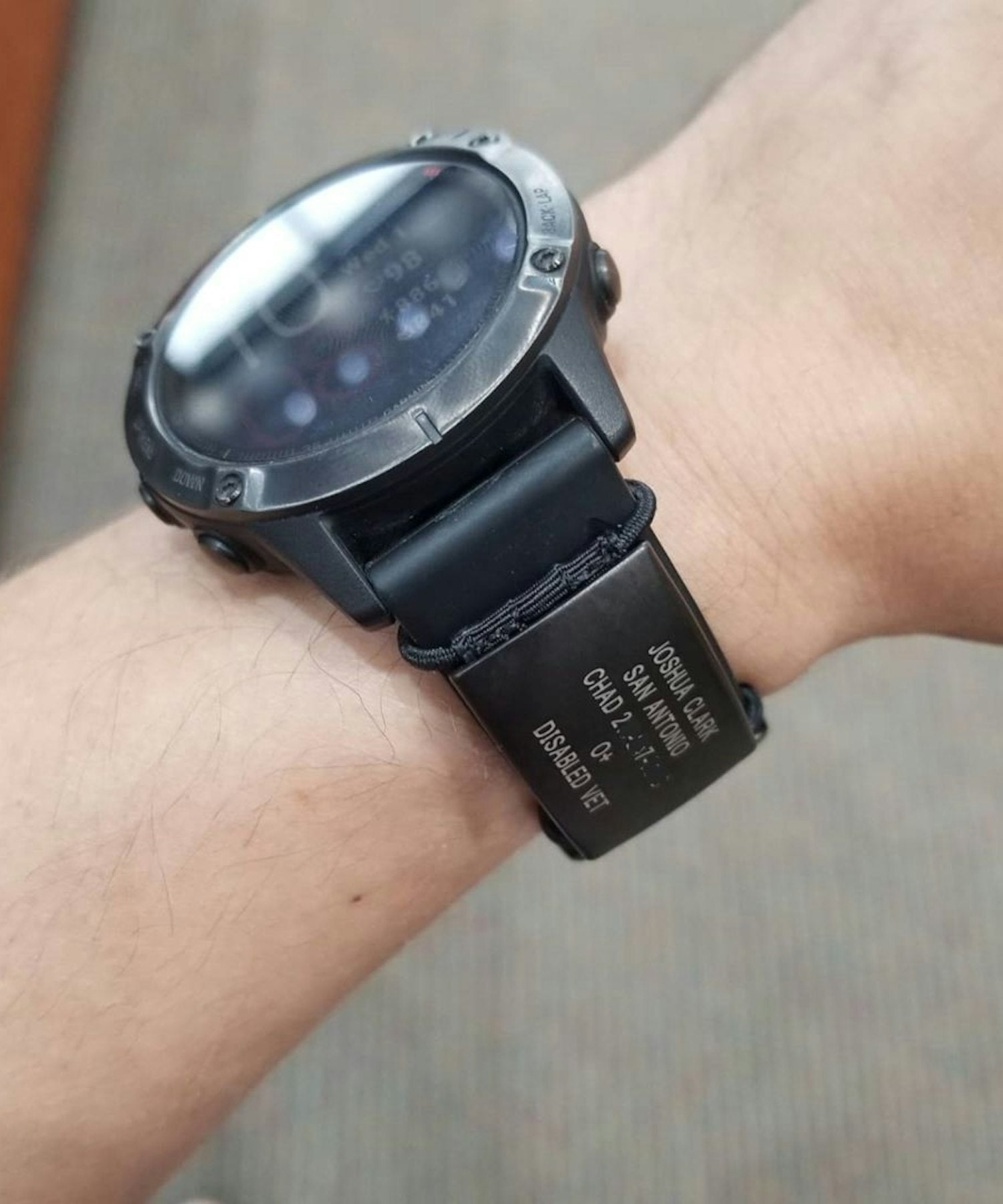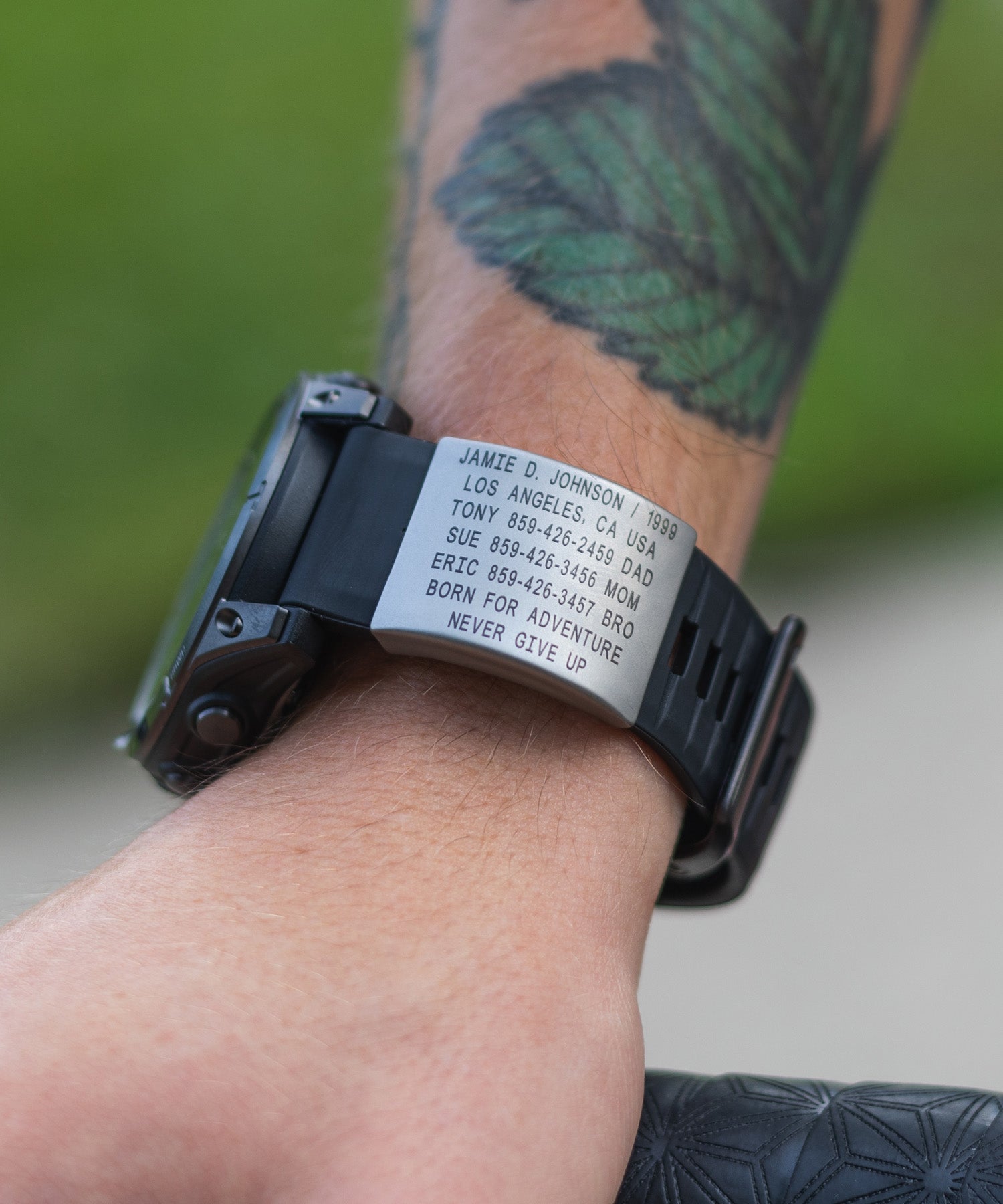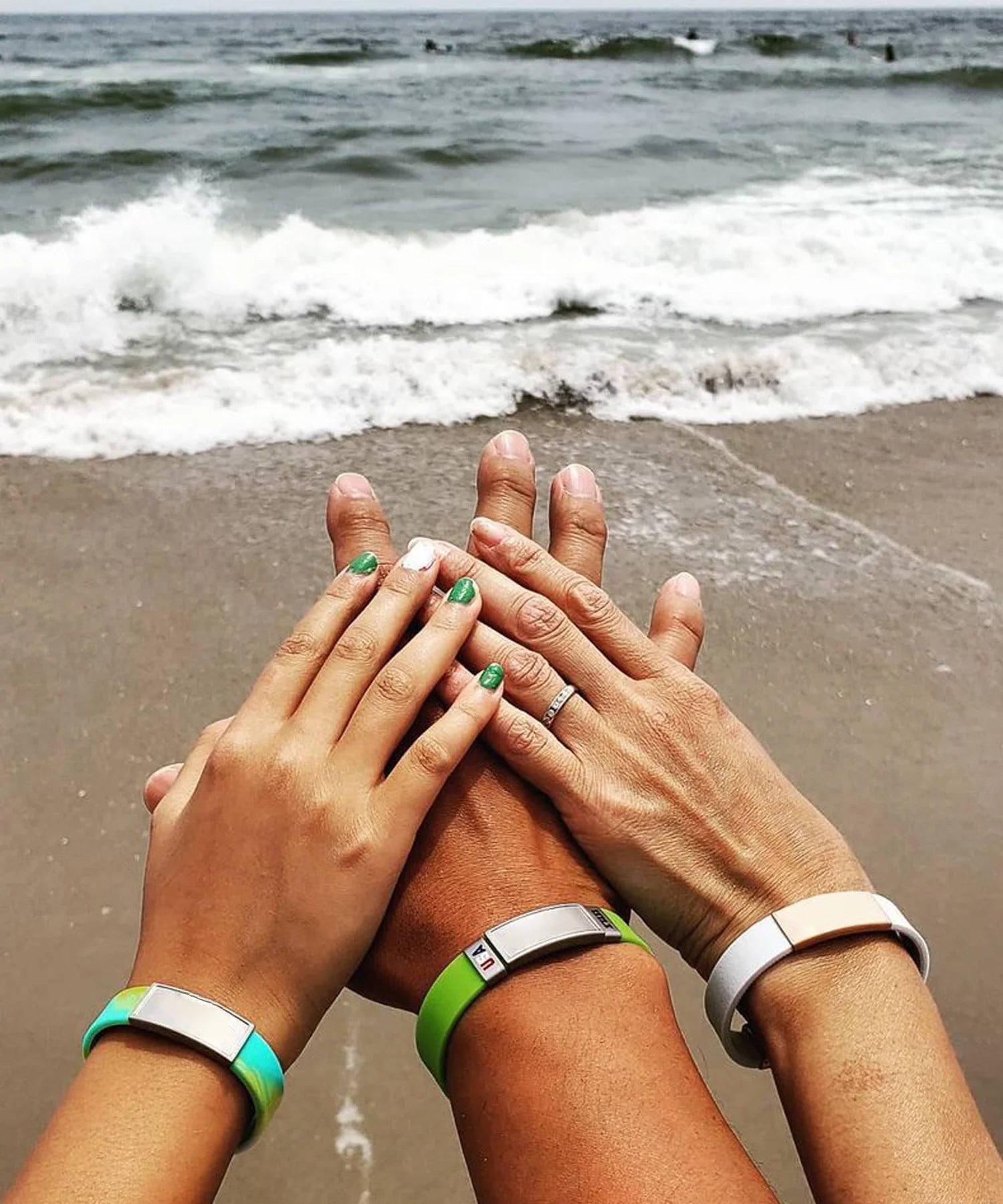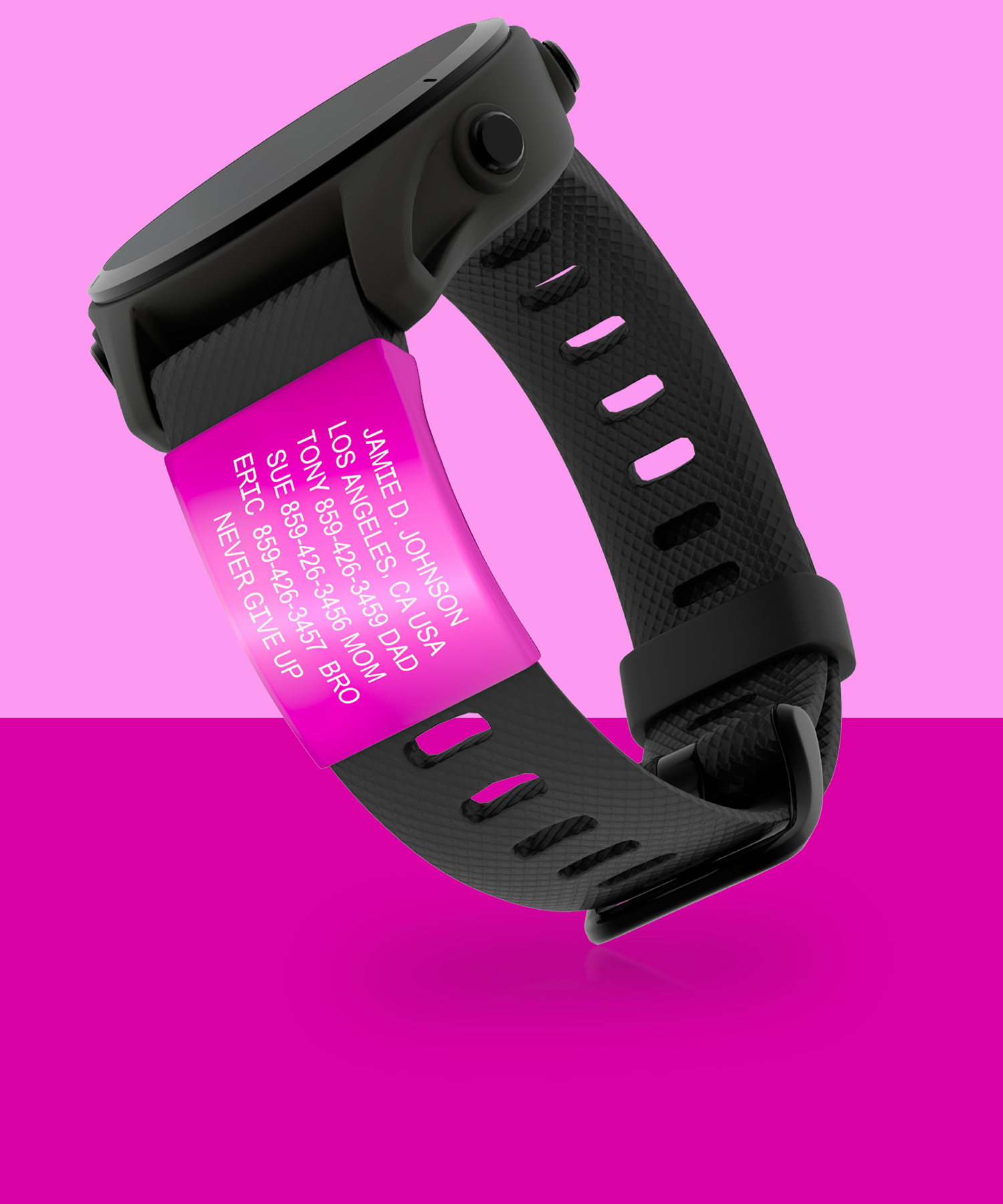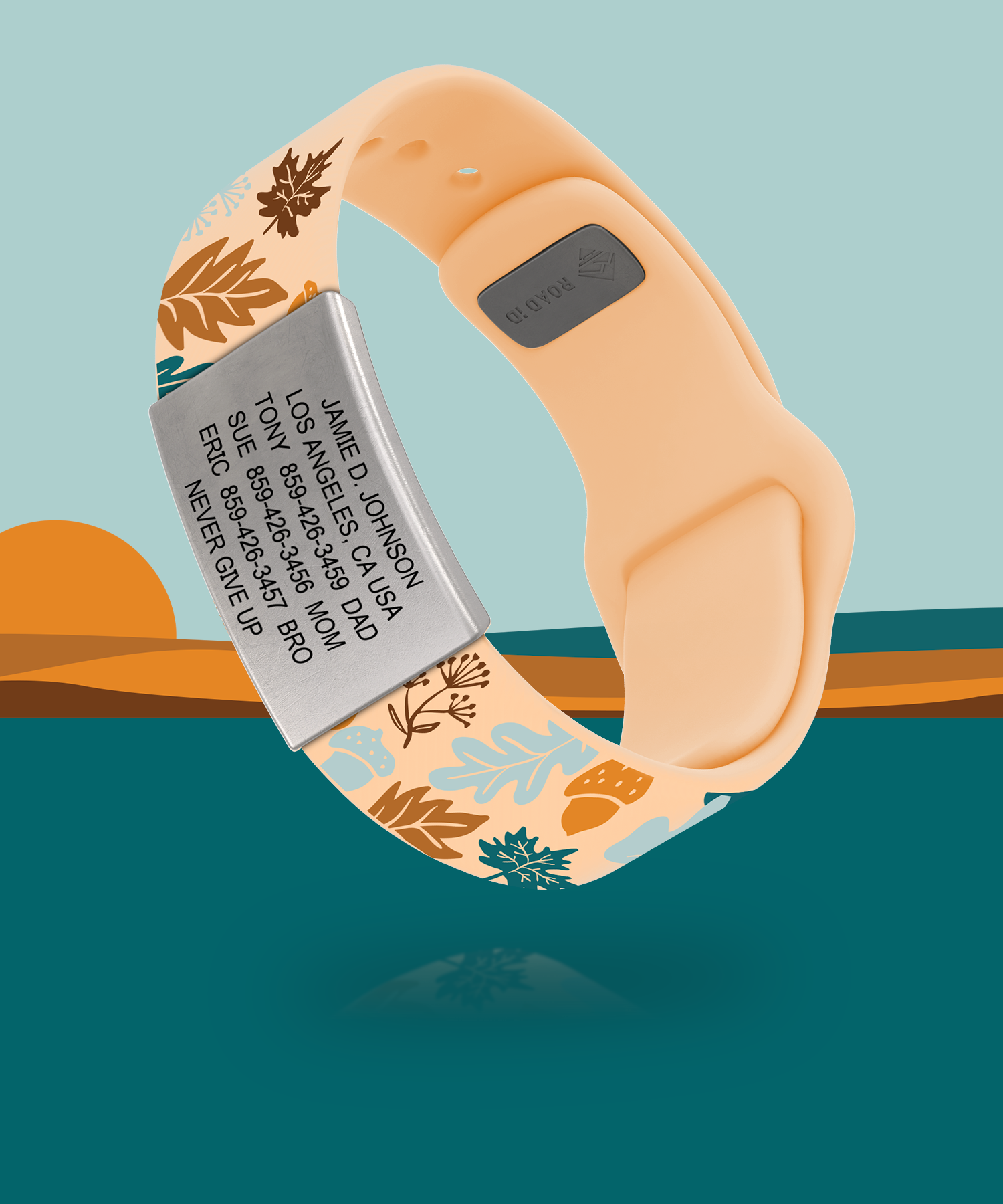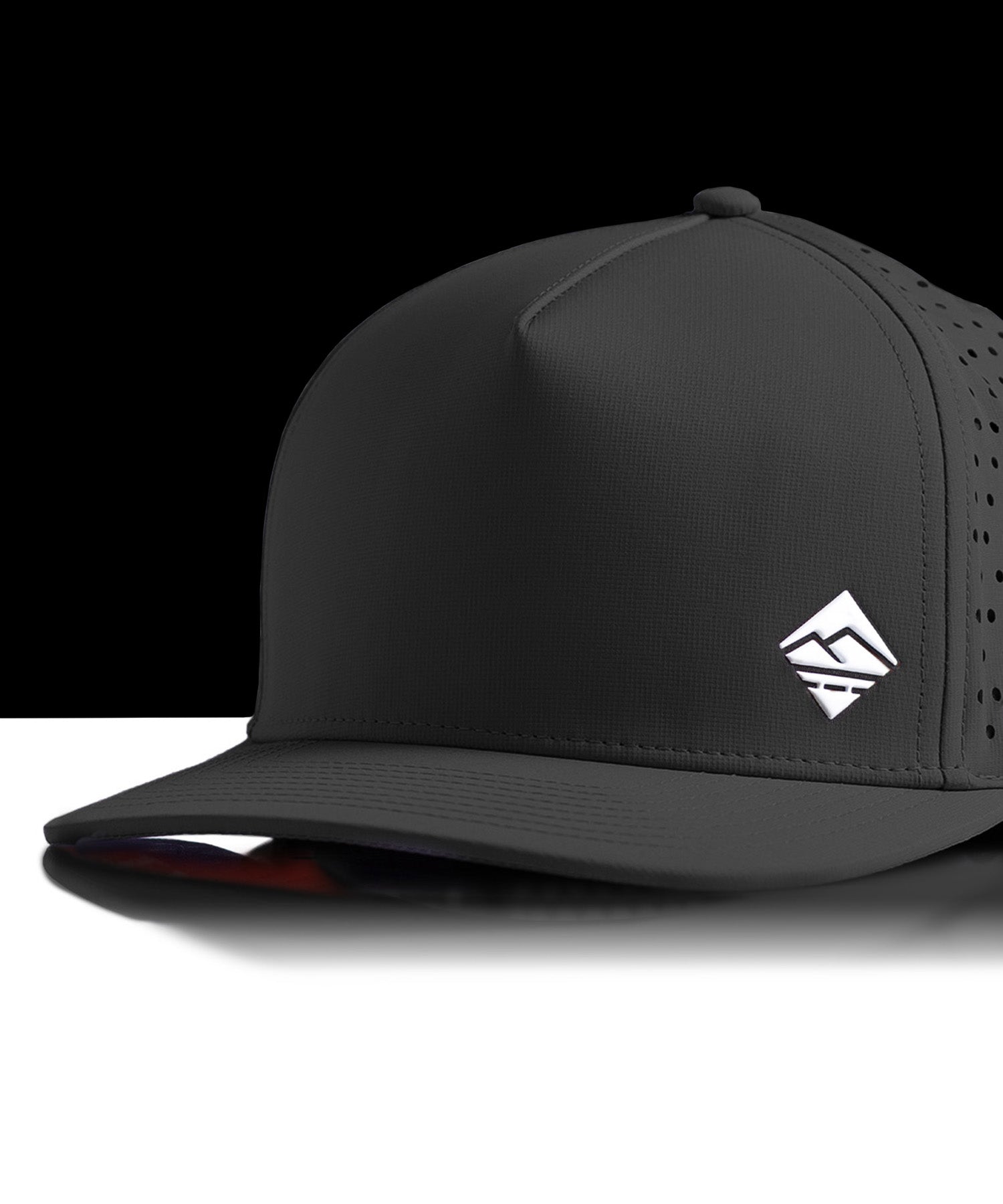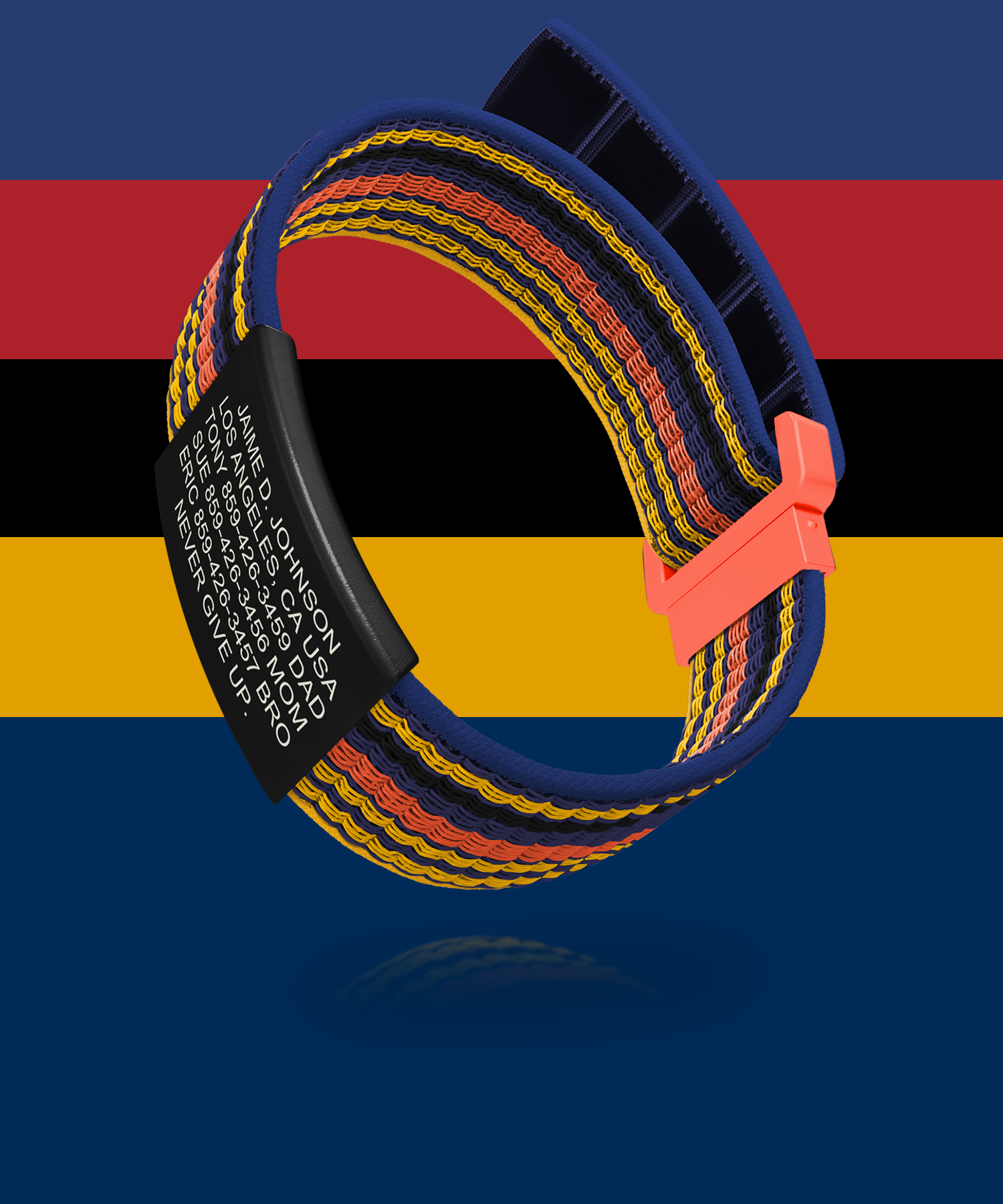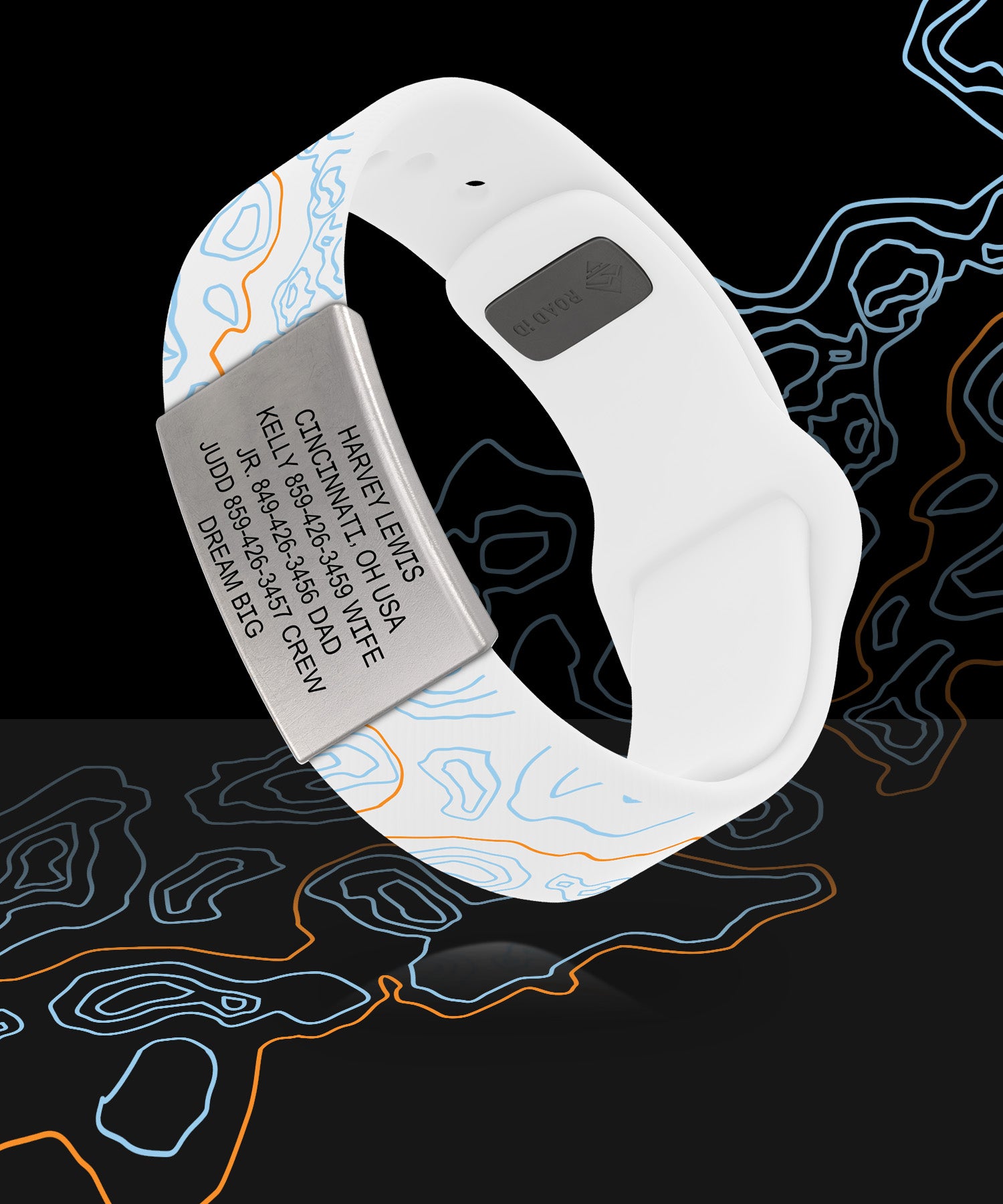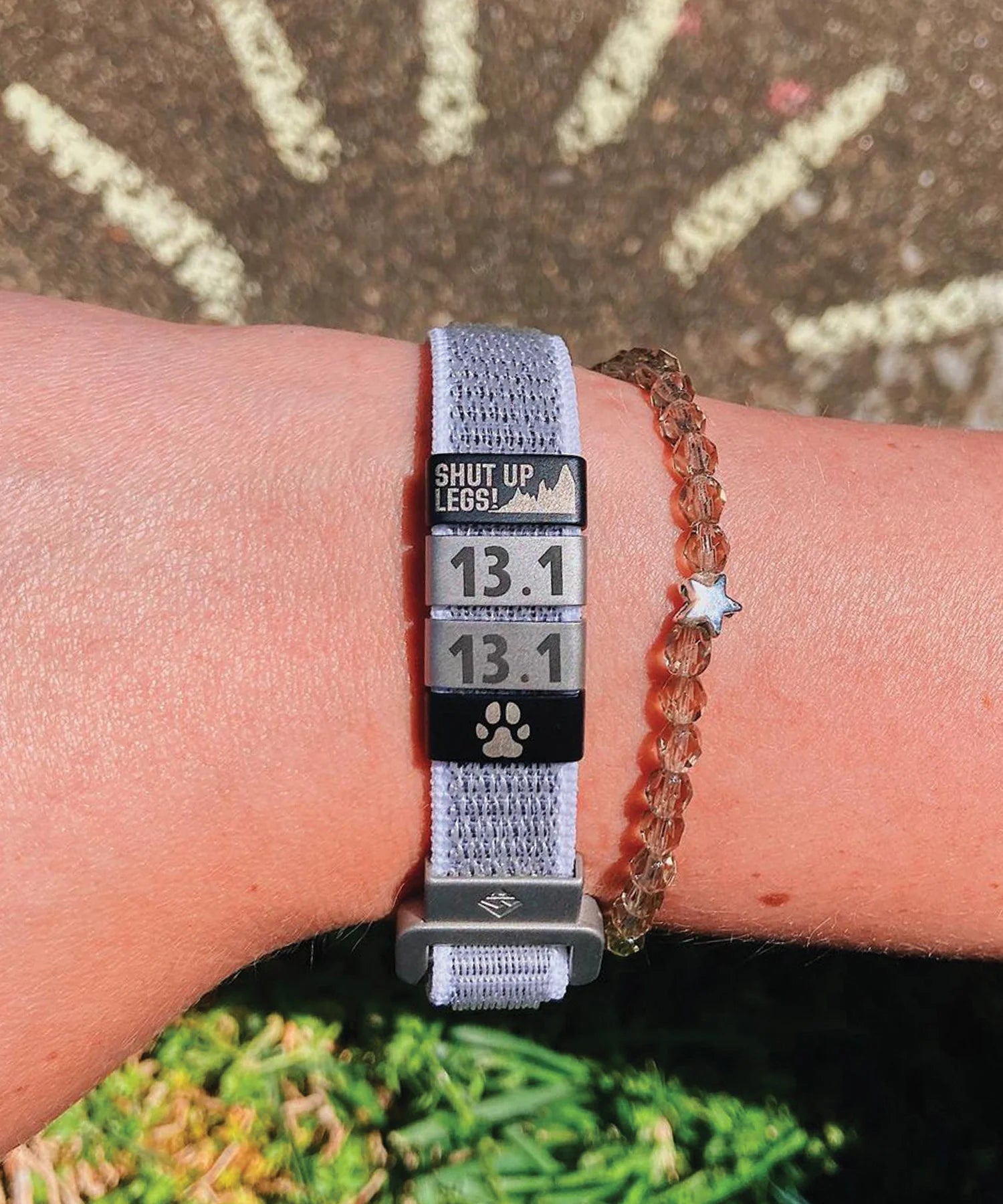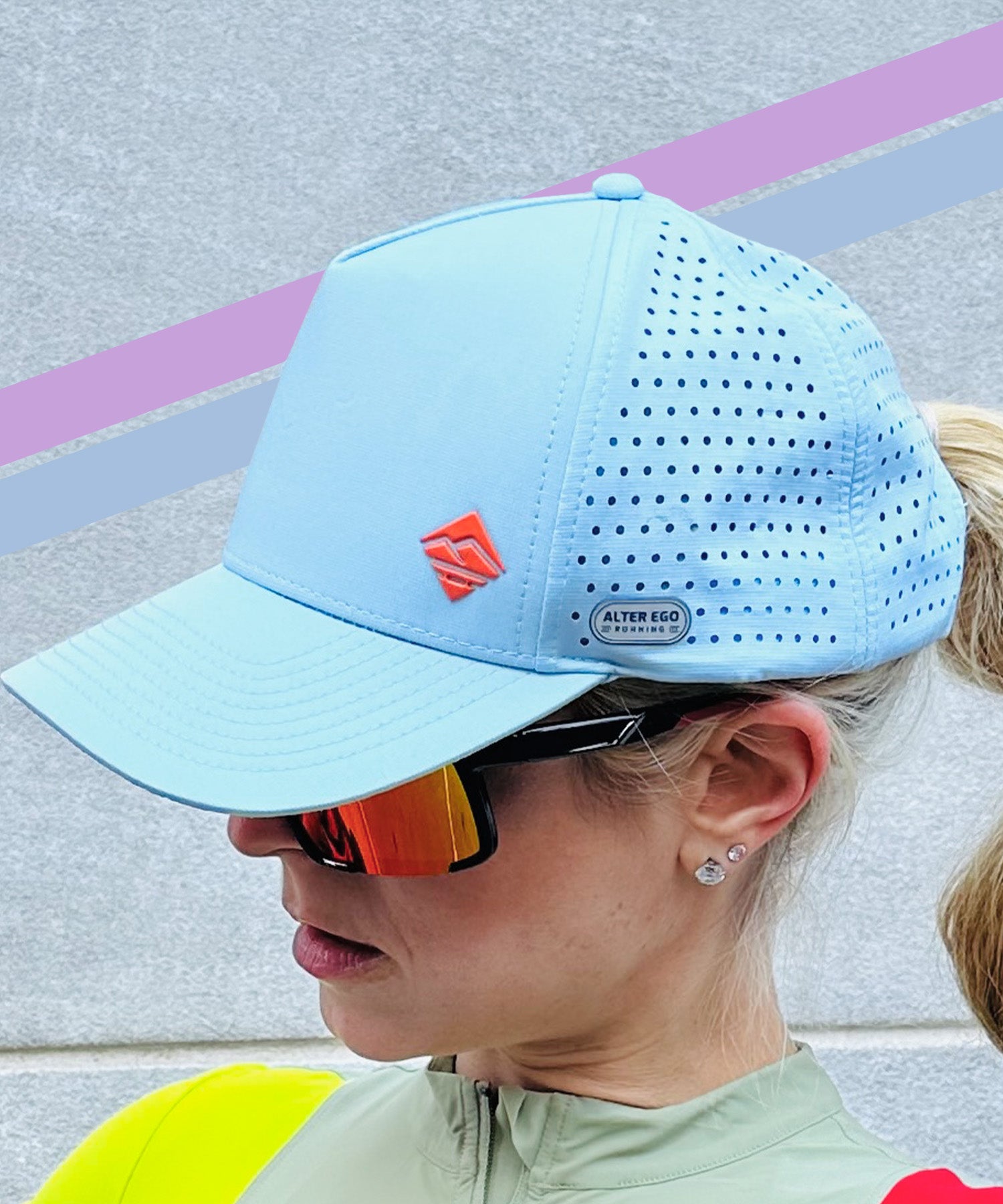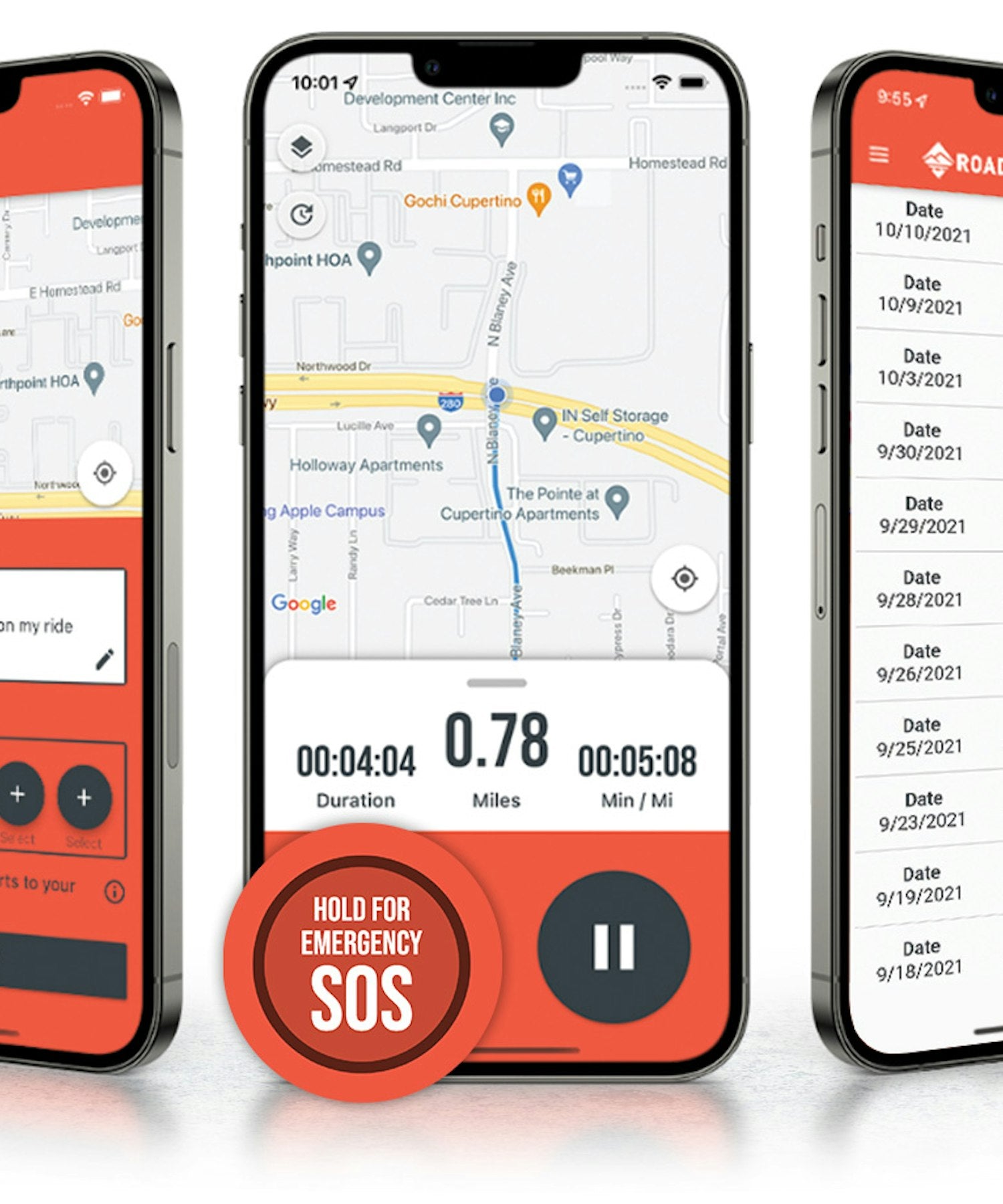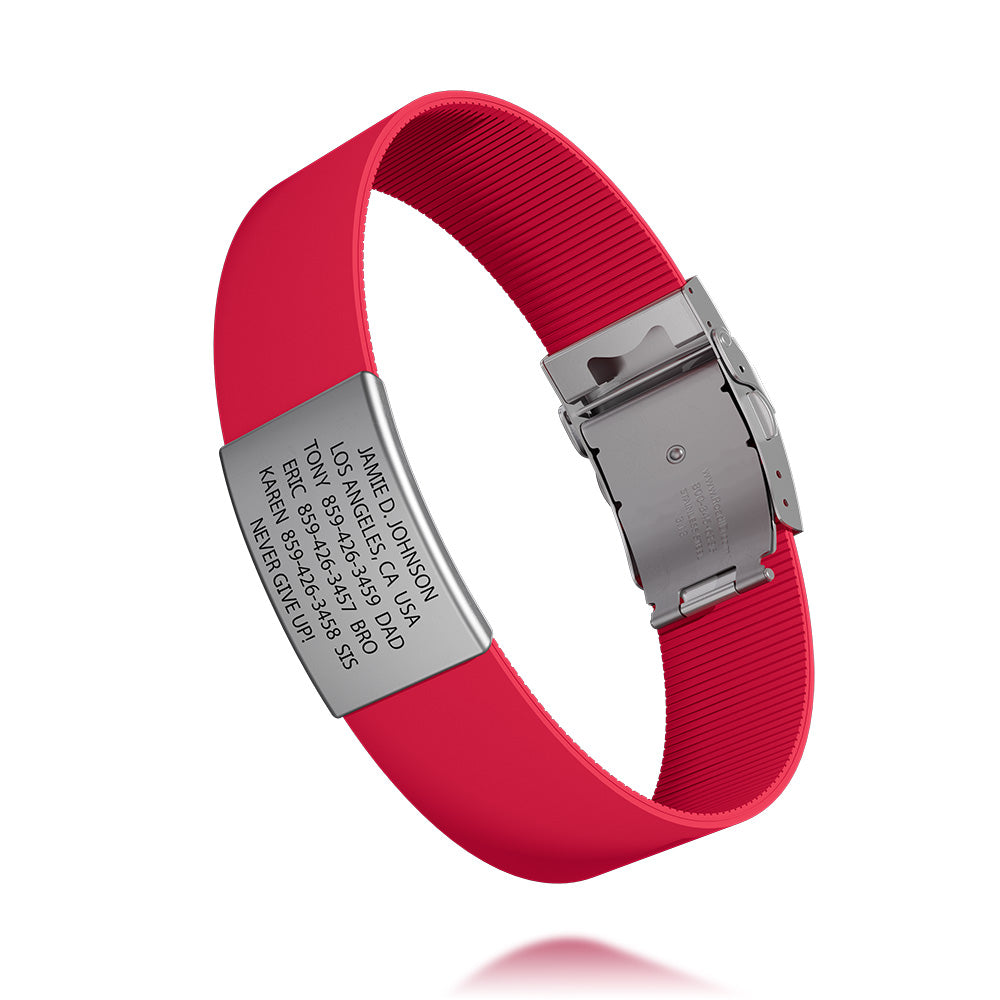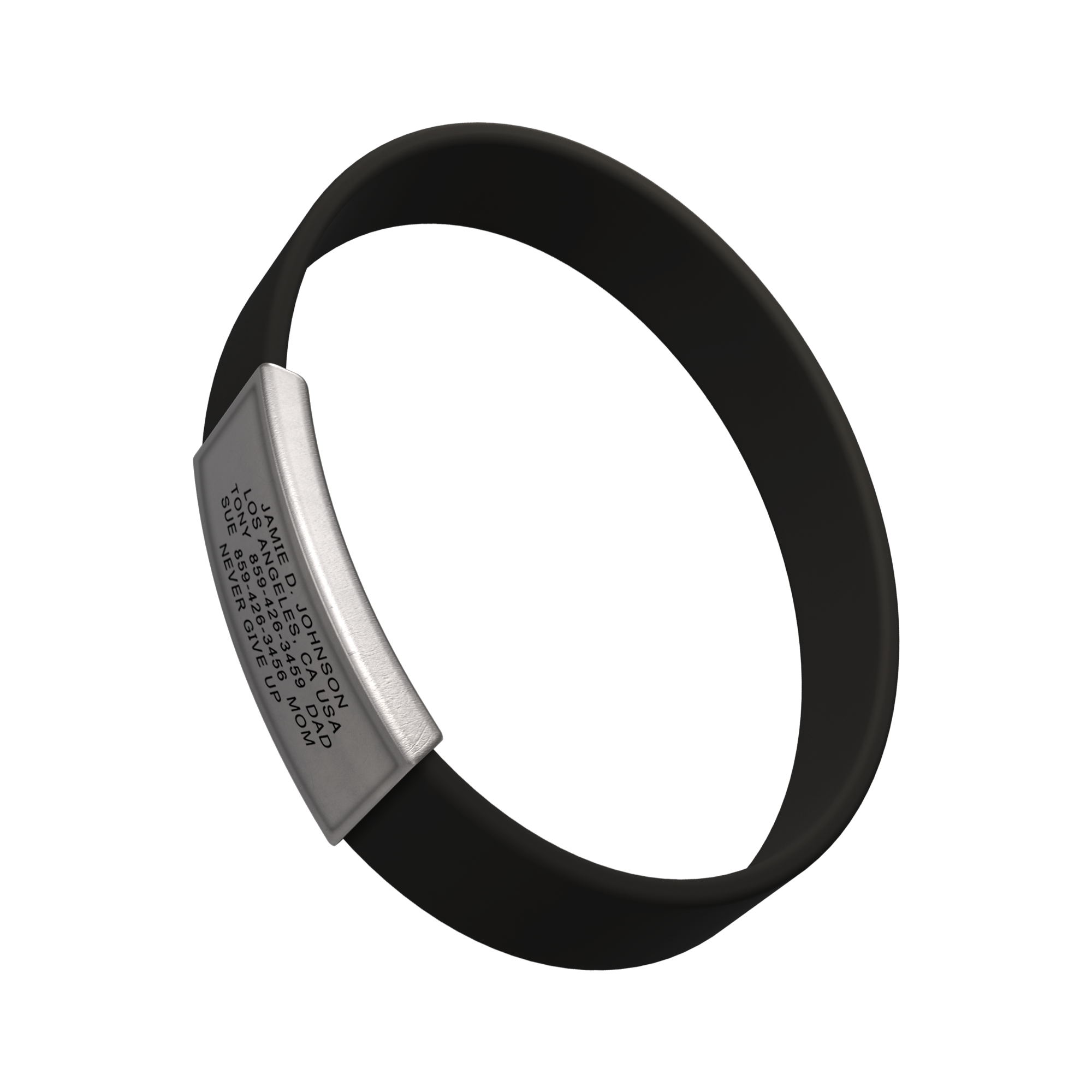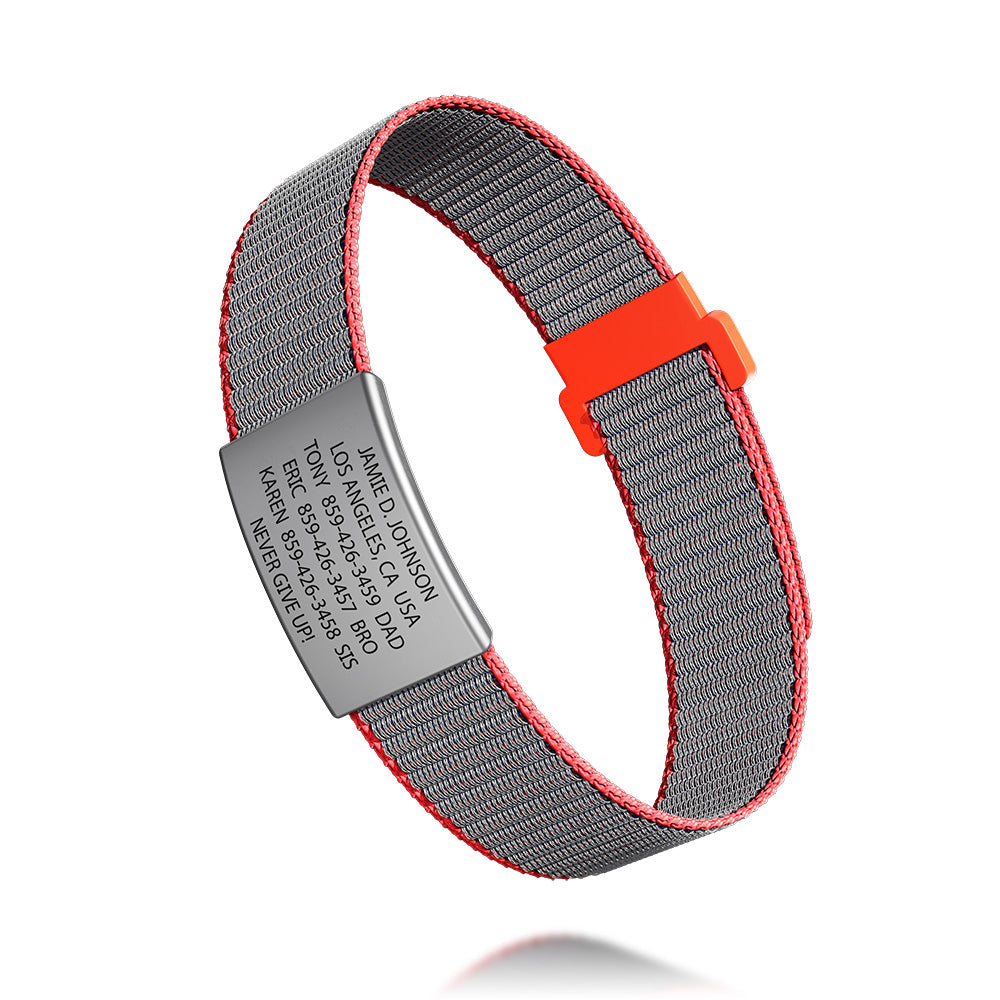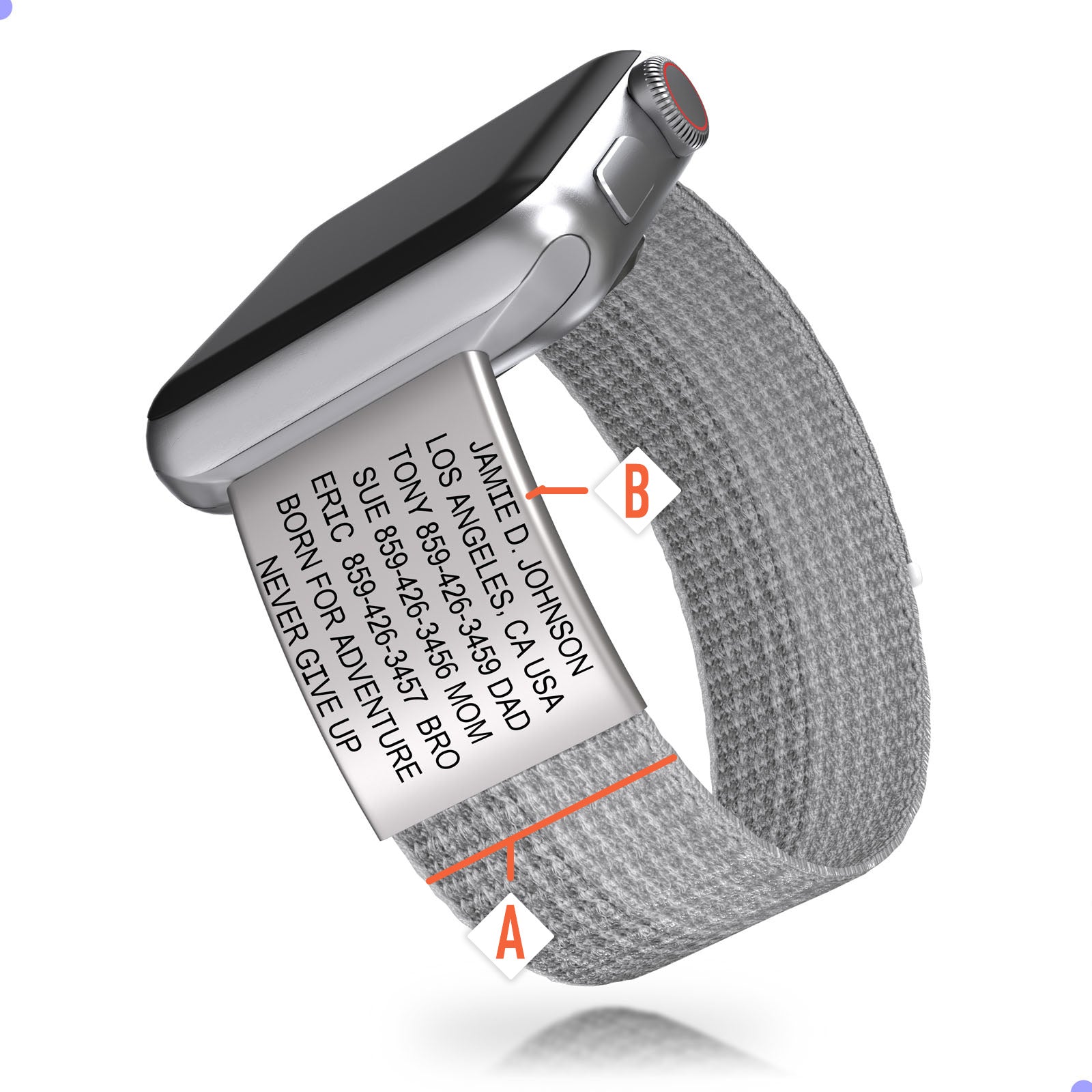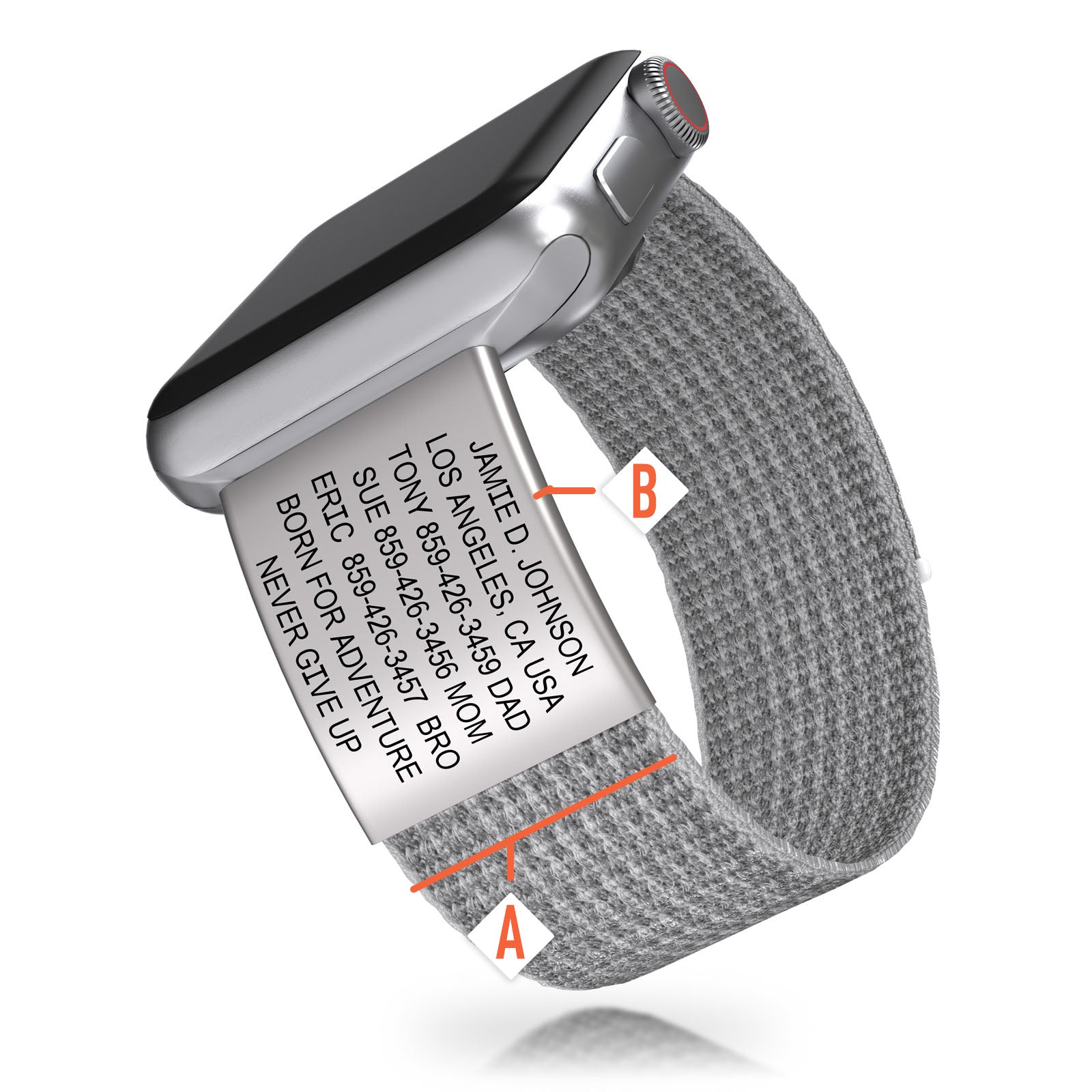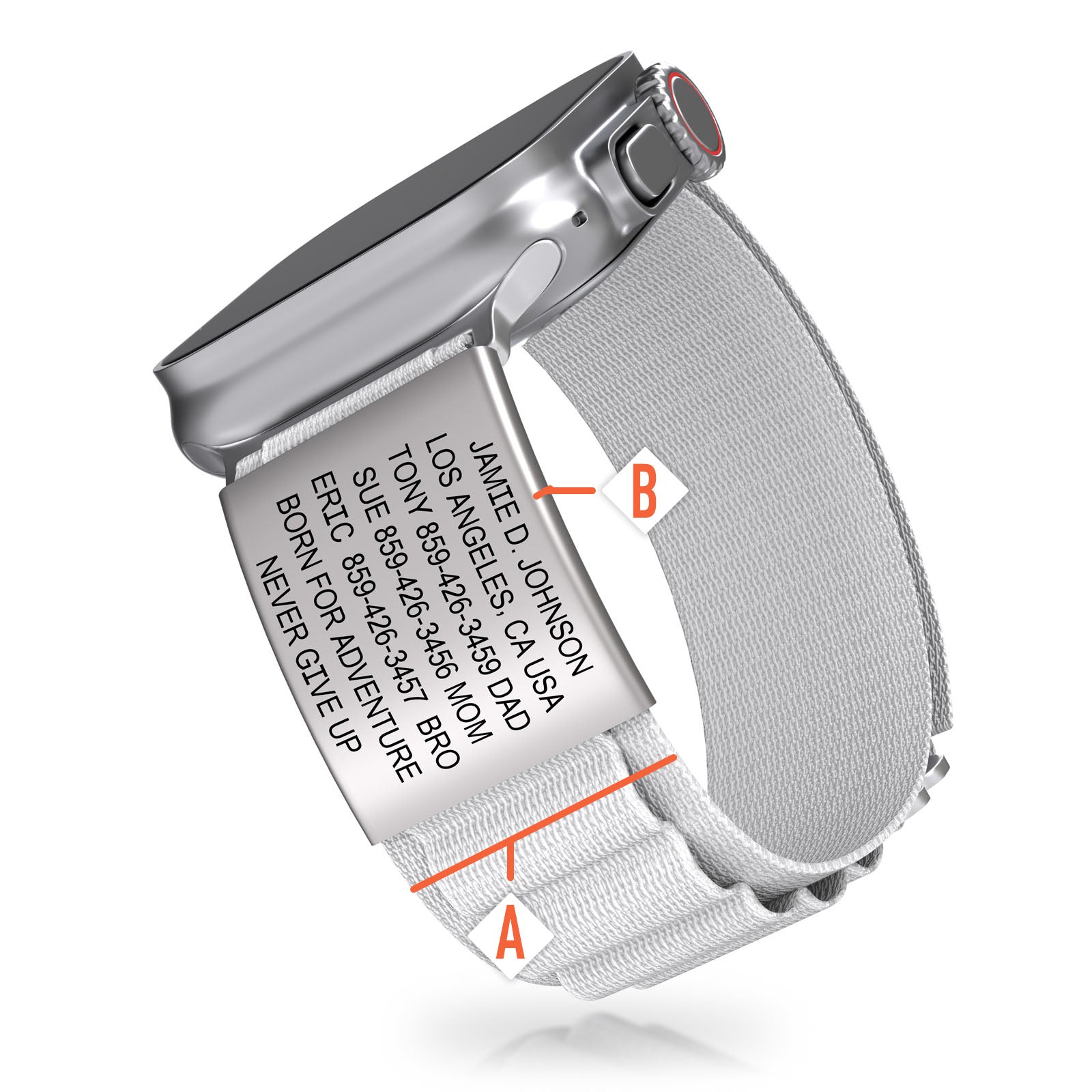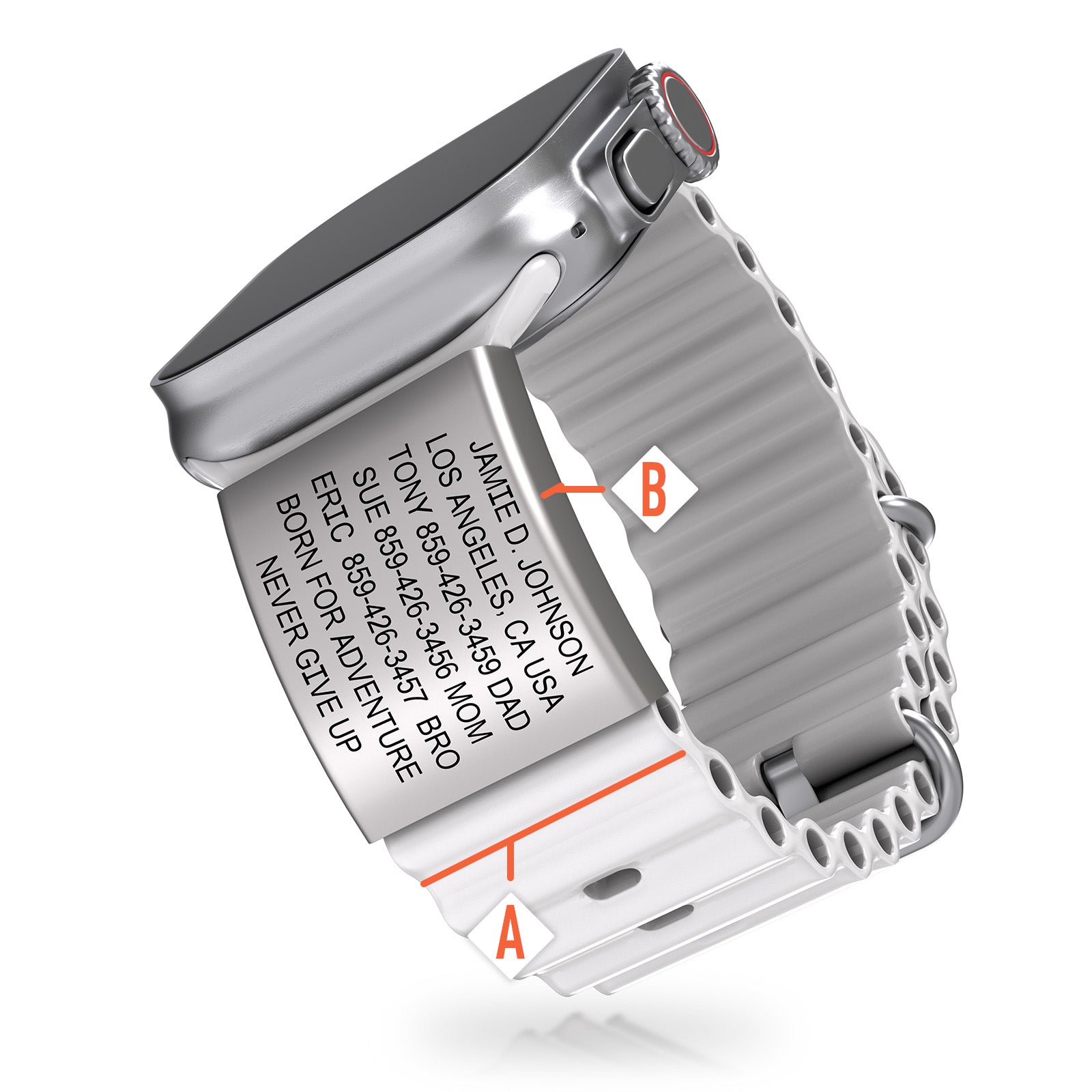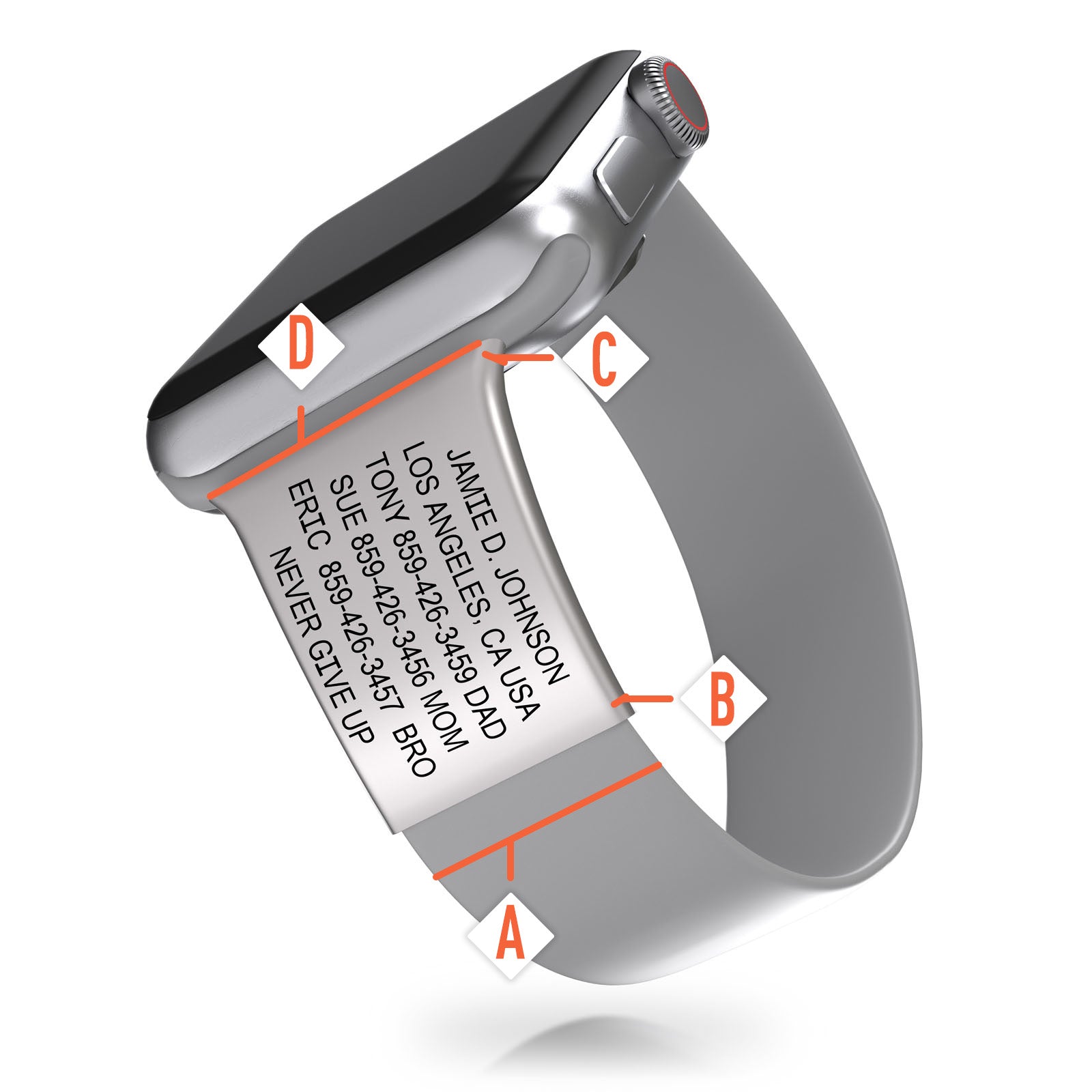Source: Sogodel Vlad/Shutterstock
As winter approaches, now comes the time to prepare for those dreaded winter runs. Maybe you’re the type who loves them, the special breed who enjoys a run where the ends of their hair are frozen solid by the end of it.
But how do you stay safe during those frigid winter runs? Beyond keeping an eye on the weather conditions, you need gear that can protect your body from the first step of your run to the last. From medical bracelets to balaclavas to winter-proof gloves, here’s everything you need.
1. Break the wind and snowfall
One of the first things you should aim to do is protect yourself from the wind and snowfall. Your best bet are windproof and waterproof outer layers. This clothing is designed to not allow either wind or water through, having no available seams or pores where wind and water can seep through. This is the best way to protect yourself against winter weather, especially when there’s a harsh wind or sudden snowfall.
2. Keep the sweat at bay
While you need to bundle up to stay warm in cold weather, you need to ensure that sweat doesn’t pile up around your body. Moisture-wicking clothing is your best option, as it works to keep sweat at bay. While you’ll still sweat, moisture-wicking material is breathable and moves moisture away from the body, getting it off the skin. This ensures you avoid overheating while equally keeping hypothermia away.
3. Watch the breeze between your legs
You may want to wear a pair of GORE-TEX or windproof pants. It’s a great way to keep your legs comfortable while keeping the harsh breezes away. However, for some people, this can lead to overheating rather quickly. For these people, they’ll want to consider wearing two layers: a pair of windproof outer pants with an under layer of moisture-wicking tights. This way, you can stay comfortable, cool and warm.
4. Protect your head
Everyone says to keep a cool head, but you don’t want a cold head on a winter run. Instead, throw on a beanie or a fleece headband to keep your skull warm on those especially cold days.
Source: Blazej Lyjak/Shutterstock
5. Should you cover your face?
If it looks like the temperature is going to drop below 10 degrees Fahrenheit, it’s worth putting on a balaclava (ski mask) or to wear a Buff or bandana over your face. These will keep your entire face warm on those horribly frigid days.
You never know how bad the wind chill is until it hits your face. Avoid it at all costs.
6. Bring your info along
An emergency can always happen while out on a run. Medical bracelets make it possible to carry your personal medical information wherever you go. In the event of a medical emergency or fall and injury, you’re protected.
7. Keep those fingers warm
You're going to need to wear the right gloves when you head out for your run – ones that don’t make your hands too hot, ones that don’t let your fingers freeze. Worried you don’t have the right gloves? Consider buying a few pairs: one for a light chill, one for those colder days and one for the days where it’s far below freezing.
If you’re carrying your phone with you, you should also get a pair of gloves that feature touchscreen pads, as they’ll make it far easier to access your device when needed.

Source: Maridav/Shutterstock
8. Bring your phone along
The danger to running in winter weather isn’t just the potential for hypothermia. You also need to worry about black ice and other hazards. A sudden slip and fall can be serious, especially if you’re out on asphalt. You need a lifeline to stay safe.
A running tracker app provides you with just that. Not only does it track you while you run, but it allows you to send out an emergency call to family and friends in the event of a serious injury or medical emergency.
A Final Rule of Thumb
When wondering what to wear, you need to keep a common rule of thumb in mind: When running, you should dress like it’s 10 to 15 degrees Fahrenheit warmer than it is. The reason being is that your body will warm up once you begin running.
The danger to dressing for the actual temperature outside is that you may feel comfortable once going out for your run; however, you’ll be breaking a major sweat after running for a mile or so.
That’s the danger. Sweating too much in cold weather can be bad, as it will lead to sweat collecting in your clothing – especially if it isn’t moisture-wicking. If you’re not continually moving, or if the temperature drops a significant amount, it could lead to stages of hypothermia.
So avoid overdressing when you head out on your run. And if you’re unsure whether you’re dressed correctly, get moving once you’re outside and see whether it feels comfortable or not.
